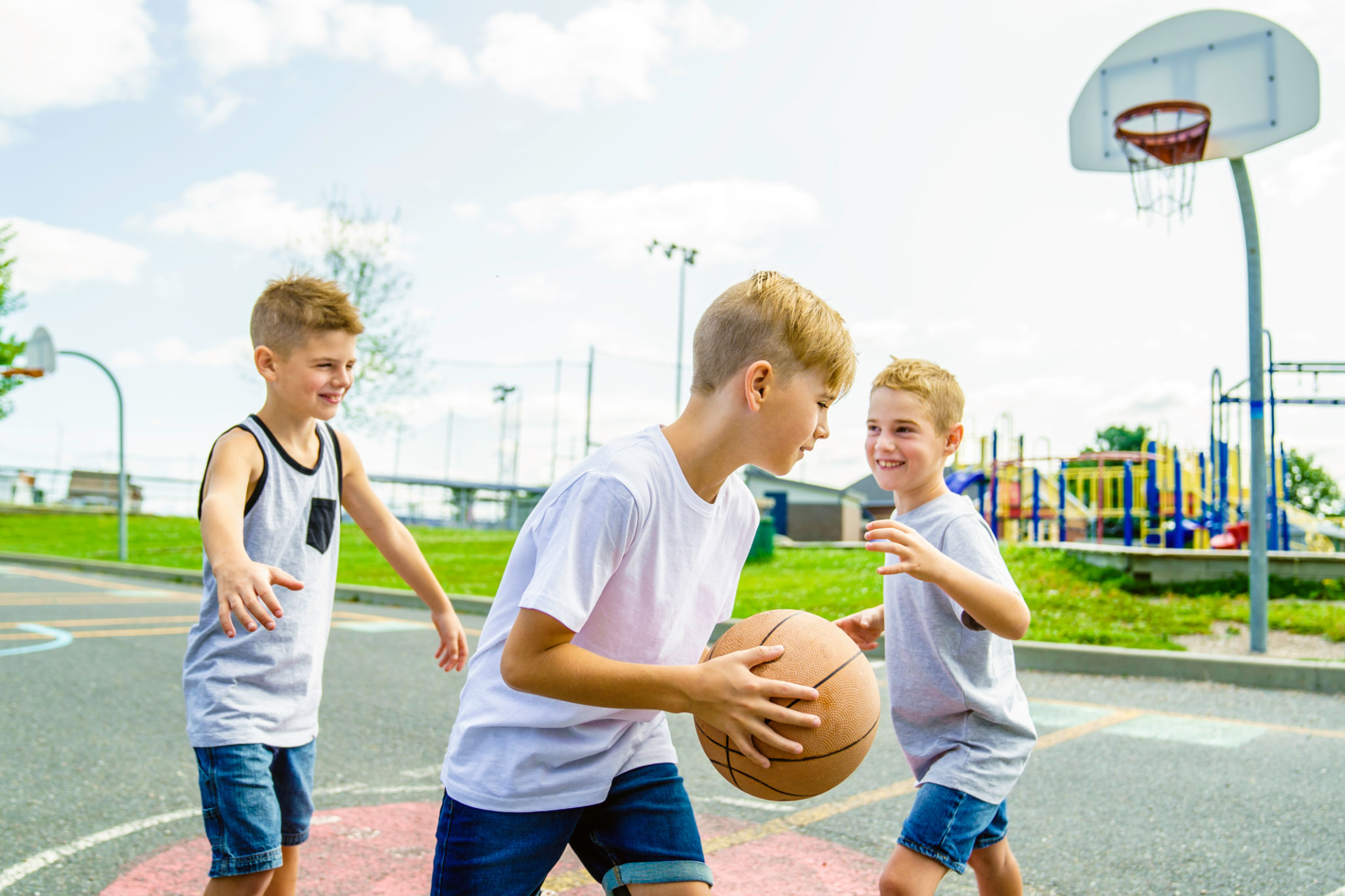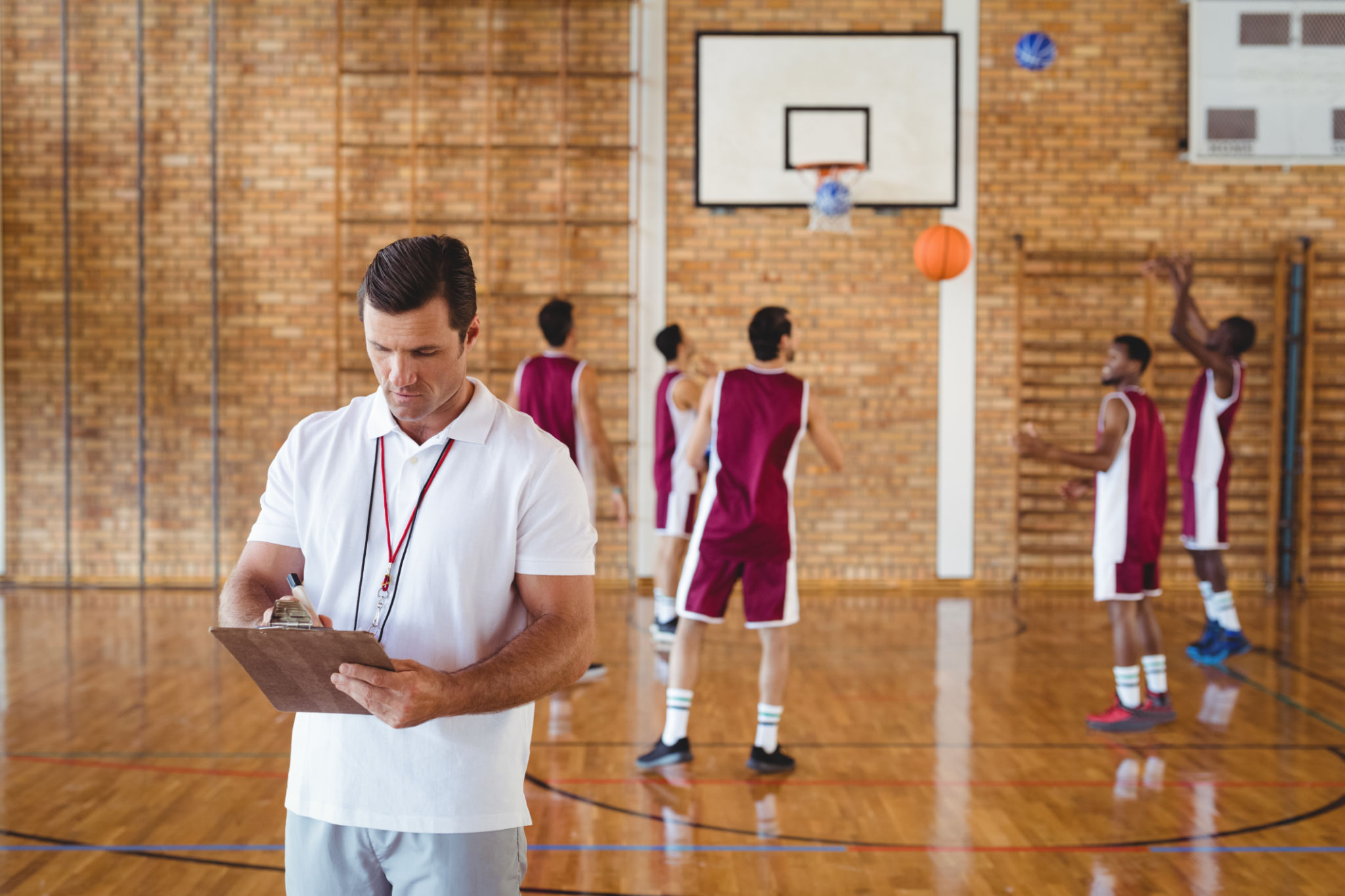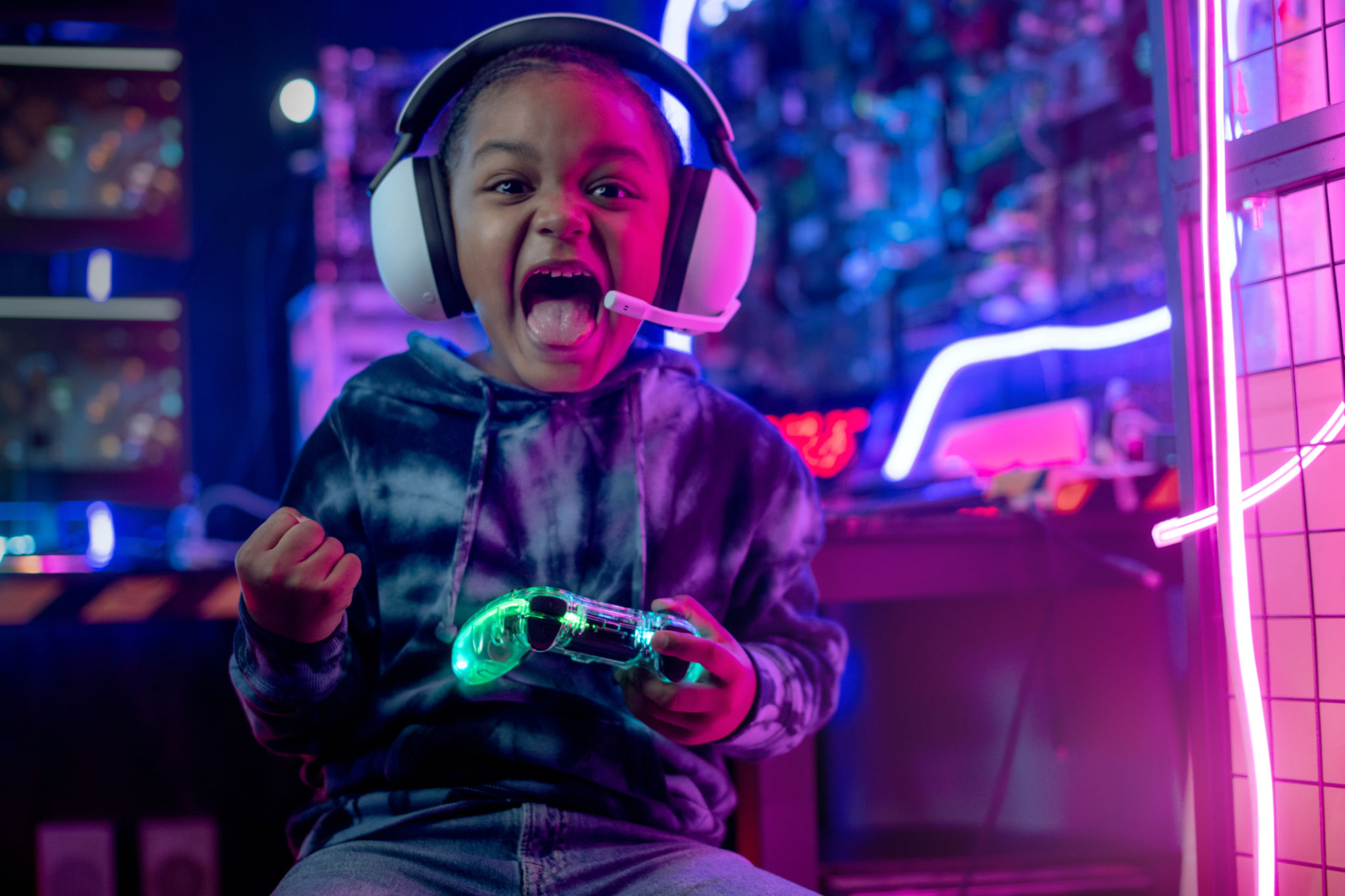🧠🏀 How Kids Learn to Talk Is Exactly How They Should Learn to Hoop (Why Most Coaching Is Backwards and What to Do Instead)
Language and Layups
Ever seen a toddler learn to talk?
They babble nonsense, mispronounce everything, and talk like tiny, giggling philosophers.
But eventually—they speak. Fluently. Naturally.
Now imagine trying to teach that same toddler to talk using most coaches’ methods:
"Say ‘ball’ 10 times in a row. Good. Now again. Again. Again."
Oh, and don’t you dare smile while you do it.
Sounds ridiculous, right?
That’s because it is.
And yet—it’s exactly how most kids are being coached in basketball.
💡 Credit where it’s due: I learned this concept from Ted Kroeten of Joy of the People. He connected the dots for me—how kids learn language and movement the same way. I owe a huge part of this thinking to him.
This blog post breaks it down so parents, coaches, and trainers can finally stop overcomplicating what kids already know how to do—if we just get out of the way.

How Babies Actually Learn Language (Hint: It Ain’t Through Coaching)
Here’s the deal: Babies don’t learn to talk because you drilled flashcards into their skull at 6 months old.
They learn because their brains are wired for it.
They pick it up by:
Hearing people speak
Mimicking sounds
Babbling nonsense
Failing constantly
Getting real-world feedback
Repeating what works
It’s called implicit learning—learning without trying to learn.
No lectures. No “fundamentals.” Just exposure, experience, and experimentation.
And here’s the part most adults hate to hear:
🤯 You can’t speed it up.
You can talk to your baby 5,000 times a day—it won’t make them fluent faster.
They’ll still start speaking when their brain is ready.
Their pace. Not yours.
Sound familiar?
Spoiler alert: It’s the same in basketball.

The Language of Hoops
Basketball is a language. A movement language.
Just like kids learn to say “mama” by hearing and trying, they learn to hoop by:
Watching older kids or pros
Trying new moves
Screwing up
Figuring it out through trial and error
Repeating what works
They don’t need a coach explaining the angle of their elbow for 45 minutes.
They need reps in the wild.
Pickup games. Improv. Messy play. Playground chaos. Life.
But instead, what do most kids get?
Lines. Cones. Repetition. Commands.
“Do it again. Do it cleaner. Do it faster.”
All under the watchful eye of some ex-D3 player turned drill sergeant.
Let’s be honest—this is adult ego disguised as “development.”

If Babies Were Trained Like Youth Athletes…
Let’s play a little game.
Imagine if parents approached language the way youth sports approach skill development:
“Okay buddy, we’re doing 100 reps of the word ‘apple’ today. Focus.”
“No, say it like this. Perfect form. Don’t improvise.”
“If you can’t say a full sentence by age 2, we’re cutting you.”
“Other babies are already saying five-word phrases. Why aren’t you?”
Sounds insane, right?
But this is how kids are being treated in sports.
Coaches obsess over mechanics. Parents compare timelines.
And kids? They stop having fun. They stop growing. Some just…stop.
What Science Actually Says (But Most Coaches Ignore)
Let’s break down what the brain actually needs to learn:
🧠 Learning thrives when:
It’s emotionally safe (low pressure)
The environment is rich with feedback
Movement is involved
Exploration is encouraged
Joy and curiosity are present
Sound like a pickup game? A playground? A video game?
Exactly.
🧠 Learning suffers when:
Failure is punished
Everything is scripted
Feedback is delayed or non-existent
Kids are told what to do constantly
Emotions = fear, stress, boredom
Sound like most youth practices?
Yeah. And the science has been saying this for decades.
Coaches just…haven’t been listening. Or worse—they don’t want to.

“But What About Fundamentals?!”
Ah yes, the sacred cow: “fundamentals.”
Coaches love to say:
“Kids today just don’t know the fundamentals anymore.”
Translation:
“They don’t play the way I played back in the 80s when we had 3 TV channels and no internet.”
But here’s the truth:
🎯 You can have perfect fundamentals and still suck.
🎯 You can have messy technique and still dominate.
Why? Because what really matters isn’t mechanical perfection.
It’s this:
✅ Can you read the game?
✅ Can you make good decisions?
✅ Can you adapt in real time?
✅ Can you perform under pressure?
That’s not “taught.”
That’s developed through play, chaos, creativity, and time.
And no—you can’t shortcut it.
Just like you can’t make your baby speak faster, you can’t make your kid hoop better with 1,000 “perfect” reps of an isolated move.
Video Games Are Winning—Here’s Why
Let’s have some real talk:
🎮 Your kid would rather play Fortnite than go to practice.
And it’s not because they’re lazy. It’s because games actually understand how humans learn.
Games give:
Immediate feedback
Challenges that scale with ability
Total autonomy
Endless do-overs
Zero judgment
Dopamine hits for progress
Compare that to most practices:
Feedback? Delayed or non-existent
Autonomy? None. You’re told everything.
Progress? Measured by how many drills you can survive.
Judgment? Constant.
If coaches designed practice like game developers design levels, we’d have more joy, more engagement, and more growth.

What Parents and Coaches Should Actually Do:
🧠 For Language:
Talk with your kid, not at them
Read silly stories together
Make mistakes okay—laugh at them
Let them experiment with words, sounds, songs
Don’t rush them. They’ll get there when they’re ready.
🏀 For Hoops:
Let them play pickup games—even if it looks like chaos
Watch games together and ask questions
Use fun challenges, not commands
Encourage streetball creativity
Don’t rush them. They’ll get there when they’re ready.
This is a long game.
Trying to speed up development just short-circuits the whole process.
When Do You “Get Serious”?
Here’s the uncomfortable truth:
📌 Before age 13, everything should be about play.
Free play. Messy play. Silly play. Joyful play.
📌 At 13–15, you can introduce advanced strategies—if they still love it.
If you crushed their joy by then, good luck getting buy-in for anything else.
Parents, you don’t get to pick when your kid “gets it.”
Coaches, you don’t get to force readiness with more reps.
Growth happens when the child is developmentally ready, not when you are emotionally anxious.
It’s not a factory. It’s a garden.

The EcoHoops Way
At EcoHoops, we don’t do cookie-cutter coaching.
We don’t copy drills from YouTube and call it development.
We use:
🌱 Ecological Dynamics
🌱 The Constraints-Led Approach
🌱 Implicit Learning Principles
🌱 A Whole Lot of Pickup
🌱 And a Bigger Dose of Joy
Because we’re not building robots.
We’re not chasing trophies.
We’re nurturing kids—at their own pace, in their own voice.
If you want fast results, go elsewhere.
If you want real long-term development, join the revolution.
FINAL THOUGHT: Let the Kids Speak
Let me leave you with this:
You didn’t panic when your baby babbled instead of speaking.
You didn’t compare them to other babies on Instagram.
You trusted the process.
You celebrated every new word.
You let them explore.
🧠 Basketball is a language. Let them speak it.
Not your voice.
Not your timeline.
Theirs.
👊 Ready to Join the Anti-Elite Movement?
Subscribe on Instagram @ecohoopsbasketball or X @eco_hoops
Let’s change the game.
One kid, one play, one real learning environment at a time.
